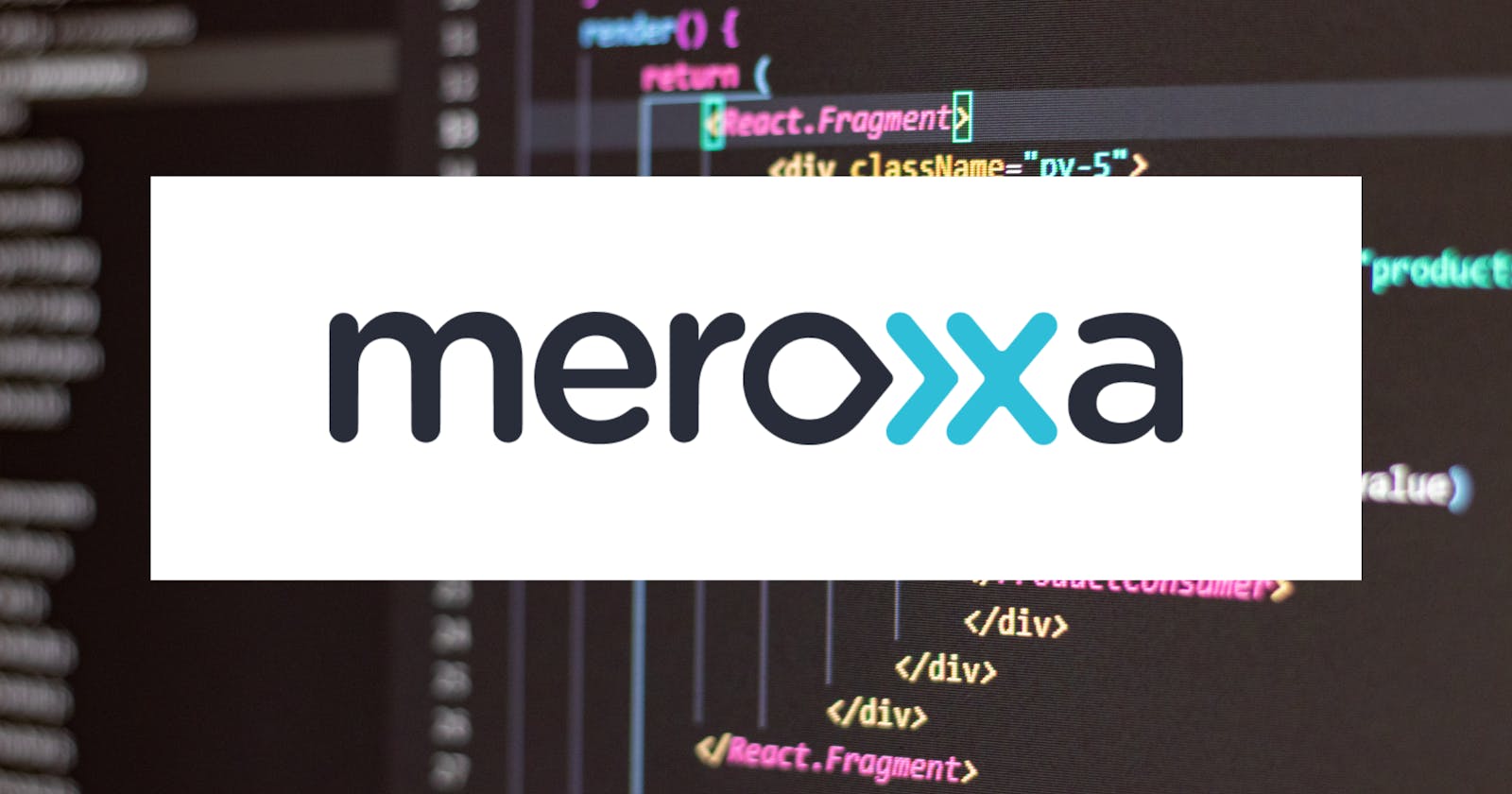Meroxa is a cloud-based platform that enables developers to build real-time data pipelines with ease. In this article, we will explore how beginner developers can use Meroxa to build their first data pipeline. We will provide step-by-step instructions and code examples to demonstrate how to use Meroxa's APIs to configure and manage a data pipeline.
Getting started with Meroxa
Before we begin, let's first set up our environment. To get started with Meroxa, you will need to do the following:
Sign up for a Meroxa account at meroxa.com/signup.
Install the Meroxa CLI by running the following command in your terminal:
npm install -g meroxa-cli
- Authenticate with Meroxa by running the following command and following the prompts:
bashCopy codemeroxa auth:login
Building your first data pipeline
Now that we have set up our environment, let's build our first data pipeline using Meroxa. In this example, we will build a pipeline that extracts data from a MySQL database, transforms it, and loads it into a PostgreSQL database.
Step 1: Create the connectors
The first step in building a data pipeline with Meroxa is to create the connectors. Connectors are used to interact with data sources and destinations. In this example, we will create a MySQL connector and a PostgreSQL connector. To create the connectors, run the following commands:
bashCopy codemeroxa connector:create mysql mysql-source --config-file mysql.json
meroxa connector:create postgres postgres-destination --config-file postgres.json
In these commands, we create a MySQL connector named "mysql-source" and a PostgreSQL connector named "postgres-destination".
We also provide configuration files for each connector. The configuration files specify the necessary connection information, such as the host, port, username, and password.
Step 2: Create the transformations
The next step in building a data pipeline with Meroxa is to create the transformations. Transformations are used to modify the data as it flows through the pipeline. In this example, we will create a transformation that converts the "birthdate" field from a string to a date. To create the transformation, create a file named "transform.js" with the following content:
javascriptCopy codefunction transform(record) {
record.birthdate = new Date(record.birthdate);
return record;
}
This transformation function takes a record as input, converts the "birthdate" field to a date, and returns the modified record.
Step 3: Create the pipeline
The final step in building a data pipeline with Meroxa is to create the pipeline. A pipeline specifies the source connector, destination connector, and any transformations to apply. To create the pipeline, run the following command:
bashCopy codemeroxa pipeline:create mysql-to-postgres --source mysql-source --destination postgres-destination --transform-file transform.js
In this command, we create a pipeline named "mysql-to-postgres" that uses the "mysql-source" connector as the source and the "postgres-destination" connector as the destination. We also specify the "transform.js" file as the transformation to apply.
Step 4: Start the pipeline
Once you have created the pipeline, you can start it by running the following command:
bashCopy codemeroxa pipeline:start mysql-to-postgres
This command starts the pipeline and begins transferring data from the MySQL database to the PostgreSQL database. You can monitor the pipeline's progress by running the following command:
bashCopy codemeroxa pipeline:status mysql-to-postgres
Step 5: Stop the pipeline
To stop the pipeline, run the following command:
bashCopy codemeroxa pipeline:stop mysql-to-postgres
This command stops the pipeline and halts data transfer.
Conclusion
In this article, we have explored how a beginner developer can use Meroxa to build their first data pipeline. We have provided step-by-step instructions and code examples to demonstrate how to use Meroxa's APIs to configure and manage a data pipeline. With Meroxa, developers can easily build real-time data pipelines and focus on building their applications without worrying about the underlying infrastructure.

